
Science of Reading
Share
Learning to read is an important part of every child’s development. It helps children build important, lifelong skills in areas such as language, concentration, critical thinking and memory. Plus, it can be a lot of fun for many children as it expands their imagination and teaches them about a range of interesting topics.
There are six components (often referred to as The Big Six) of effective reading: oral language, phonics, phonemic awareness, fluency, vocabulary and comprehension. Children may struggle in one or more of these areas when they are first learning to read. But for some children, such as those with Dyslexia and other learning difficulties, these challenges can persist and make reading a struggle.
An explicit instruction approach to reading, called Systematic Phonics, can help all children learn to read, and it is especially helpful for children with learning difficulties. This approach can empower children with the specific skills and strategies they need to read effectively alongside their peers.
What is Synthetic Phonics?
Synthetic Phonics is an evidence-based, structured approach to teaching children to read. This method of reading helps children to learn the relationships between the sounds (phonemes) of spoken language and the letter symbols (graphemes) of the written language. There are 44 speech sounds in the English language that can be combined to form words. With just 26 letters in the English alphabet, some sounds are visually represented by an individual letter while others are represented by a combination of two or more letters. The relationship between these sounds and letters is referred to as sound/letter or phoneme/grapheme correspondence. Being able to match the speech sounds with their corresponding letter symbol or symbols helps children to simultaneously learn to read and spell words.
A typical Synthetic Phonics program introduces children to only a small group of sounds at one time. Often this starts with the most commonly occurring sounds of ‘s’, ‘a’, ‘t’, ‘p’, ‘i’ and ‘n’. This allows children to learn a large number of letter combinations to form simple words and read basic sentences from the beginning of their learning. With these six letters, children can learn to read words such as sat, pat, nap, tip, nip, sit, pit etc. Once children have mastered these small words, you can then introduce them to new sounds and letters to read longer and more complex words.
When learning to read using a Synthetic Phonics approach, children are first taught individual sounds and then learn to blend, or ‘synthesise’, these sounds to form words. For example, a child might be taught to read the word ‘sat’ by first learning the individual sounds that represent the letters ‘s’, ‘a’ and ‘t’ and then blending these sounds together to make the word ‘sat’. This process of recognising and combining sounds to be able to read is known as decoding. In reverse, a blended word can be broken up into individual sounds to spell, which is known as encoding.
There are some words that are used frequently that help sentences make sense. These are called high frequency words. Some high-frequency words are explicitly taught to enable sentences to be read fluently.
The goal is for students to blend and segment sounds to make words until the words are so familiar that the spelling, pronunciation, and meaning of specific words is held in the child’s memory and the words are recognised automatically or at sight. This is known as orthographic mapping.
Terminology to Understand
Some of the terms used in a Synthetic Phonics program can sound confusing. Here’s a basic run down of the most common terms you’ll hear:
- Phoneme – the smallest unit of speech sound in a word
- Grapheme – the written letter or group of letters that represents a speech sound
- Phoneme/Grapheme Correspondence – the relationship between speech sounds and letter symbols.
- Decoding (Reading) – the process of reading a word by recognising which sound (phoneme) corresponds with each letter (grapheme) and then blending these individual sounds/letters to make words.
- Encoding (Spelling) – The process of spelling a word by deciding which letters represent the speech sounds.
Tips for teaching reading with Synthetic Phonics
- Keep lessons short and consistent
Spend about 10-20 minutes each day revising and learning new sound/letter correspondences. This will allow children to remember and master the information being taught.
Keep the lesson focused
Limit the number of sound/letter correspondences you teach at one time. Children should be able to successfully recognise and recall a phoneme/grapheme correspondence before a new one is introduced. The goal of Systematic Synthetic Phonics is not to teach children to read every letter at once, but to first master the most common sounds to make up words and begin reading more quickly.
- Repeat sentences
When reading a decodable sentence or book, have students read each sentence aloud a few times before moving on. Repetition will help to improve the speed and fluency of their decoding (reading). If they are able to read fluently, encourage them to try adding more expression to their reading to develop their storytelling voice.
- Make phonics lessons fun
Incorporate a variety of phonics games and activities to help to keep children engaged and revise what they’ve learnt. This could be as simple as a game of letter bingo or something more complex such as an interactive online game.
- Encourage independence
While you will need to model an activity when introducing it for the first time, allowing students to perform each task themselves can give them confidence and support their learning. This could be holding up flash cards and pointing to graphemes in words while making the associated sounds.
Related Posts
-

What are the Magic Words?
Magic Words are the most common words in English and the most important words in learning to read.
-

12 Golden Words
The most important words in Learning to Read. Learning the 100 most frequent words in English is essential to every child's reading success.
-
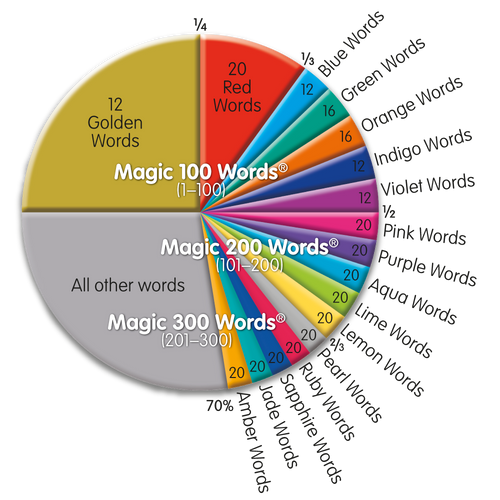
Research behind the most important words in reading
Magic Words resources are designed to support the average reading of a person in a population so that they can confidently pick up any reading material, reading scheme, daily newspaper etc. and be a competent reader.
-

Magic Words Learning Boards
The Magic Words Learning Boards match the sheets that are used in schools and sent home for learning the Magic Words, which are the most frequently used words in reading and writing.
-
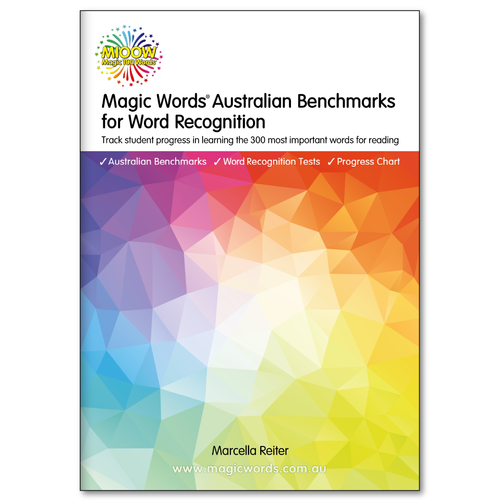
A-E Standards
Magic Words Australian Benchmarks for Word Recognition Manual allows teachers to measure a student’s:
-

Phonics
Phonics programmes start children off by learning a few letters e.g.
s, a, t, p, i, n as the first sounds.
-
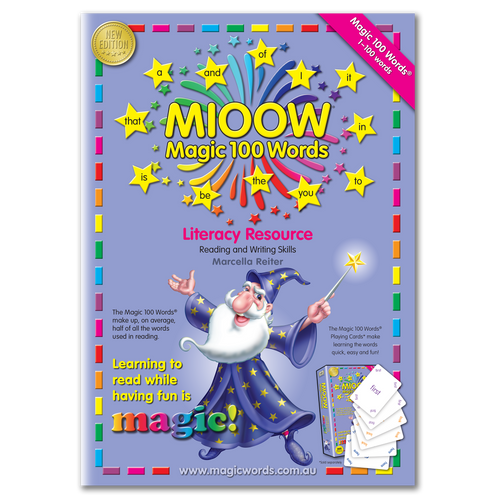
Swap original for new!
Swap an original edition (2000, 2001, 2002, 2004, 2007, 2011 or 2015) of the Magic 100 Words Literacy Resource Manual for a new revised and updated 2018 edition for a limited time at half price.
-

Play Jumble Words
Jumble Words - select one of the Magic Words Playing Cards
-

Magic Words Extension Pack
-
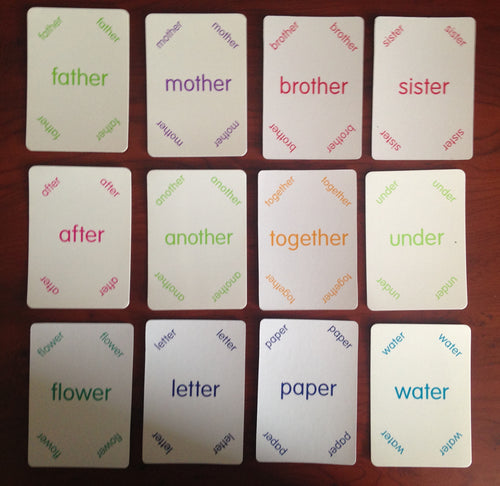
Spelling the sound -er with Magic Words
You can use the Magic Words Playing Cards to learn the spelling sound /er/: ur, ir, ear, or er.
-

Premium Home Pack - Magic 100 and 200 Words
-

Magic Words Certificates
-
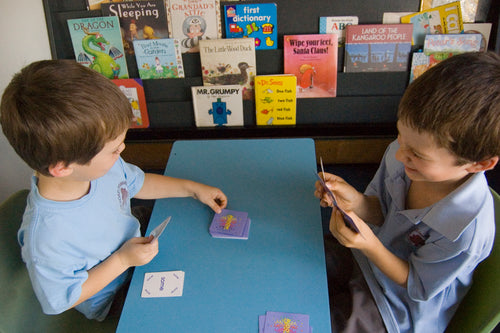
Double letters with Magic Words
Use your Magic Words Playing Cards to teach double letters.
-
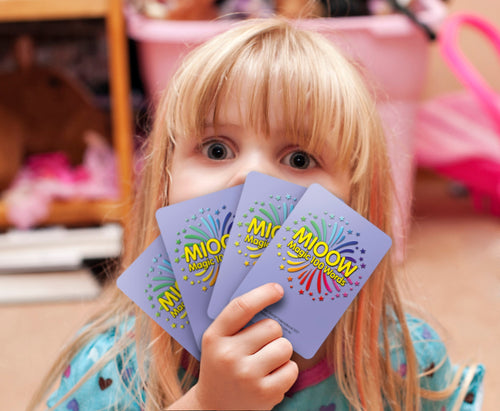
Spelling with Magic Words
Top strategies and activities for learning how to spell sight words.
-

Magic Words Australian Benchmarks
MIOOW® Magic Words® Recognition Tests are individually administered and are designed to record each student’s knowledge of the most frequently used words.
-

How reading to your child improves development
In this article, the team at Magic Words explores how reading to your child not only improves their development, but also can be fun & engaging.
-

Professional Learning
Magic Words is used in schools all around the world and in over 80% of Australian Primary Schools.
-

Magic 200 Words
Magic 200 Words Literacy Resource Manual - 2017 Third edition now available.
-

Learning to read with Magic Words
Magic Words are the most important words for every child to learn.
-
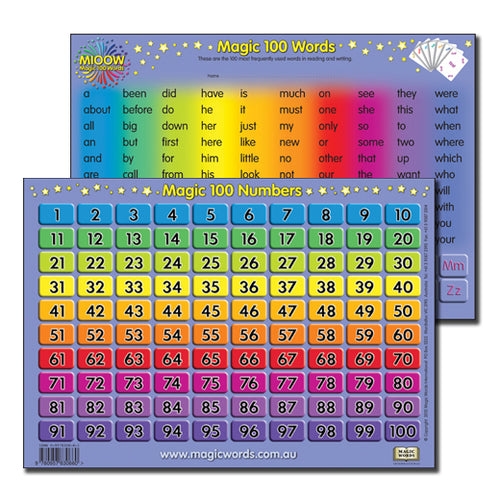
Magic 100 Words Deskmat Games
Start by writing your student's name on the top of the Magic Words desk mat (mat) in the space provided.
-

Magic Words in the “Science of Reading”
Magic Words advocates and promotes targeted, explicit, and systematic teaching of the core principles of learning to read.
-

Play Based, Hands-On Learning
Learning to read and spell with play-based, hands-on activities and materials for literacy success.
-

Foundation Home and School - Magic 100 Words
Foundation/Prep/Kindy Home Pack is ideal for Foundation, Prep, Kindergarten (NSW), Reception (SA) and Pre Primary (WA).
-
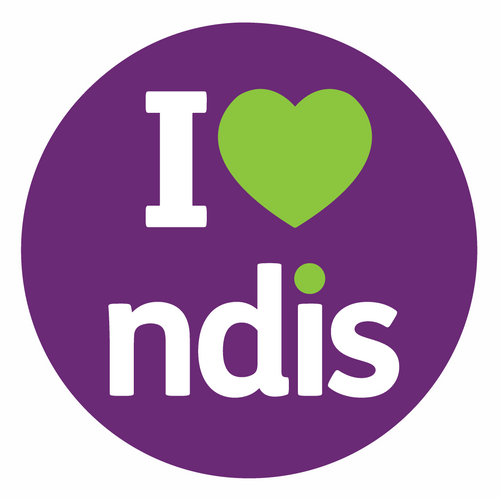
NDIS Registered
Magic Words International is an approved provider for the NDIS.
-
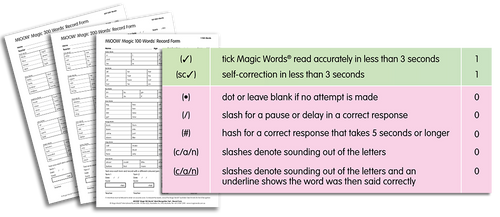
"Taught v Caught" - Back to School Testing
Magic Words Recognition Tests are a quick and easy way to check each student’s progress,
-

Magic Words Learning Board Games
Learn how to read and write with the Learning Boards and Playing Cards.
-
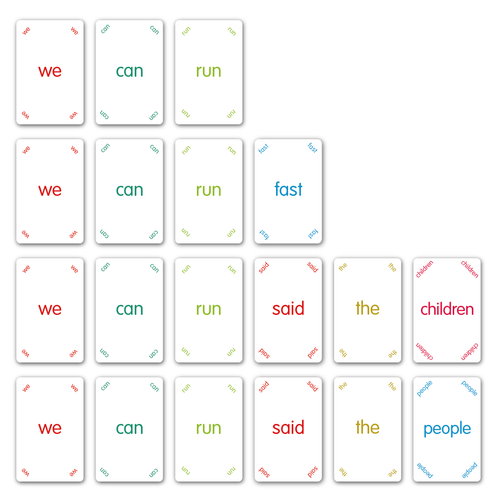
Magic Words Card Games
For top results match the Playing Cards to the book your child is reading.
-

Teaching Magic Words
Students who learn the Magic Words rapidly improve reading, fluency and comprehension.
-
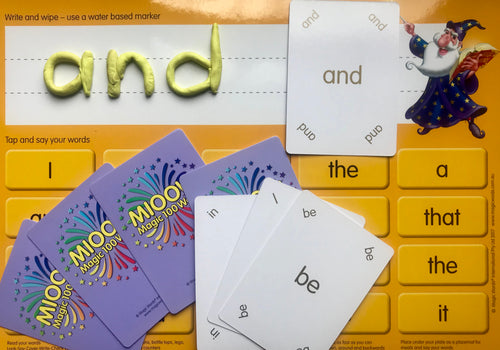
Spelling Magic Words
Use a water based marker on the front of the Magic Words Learning Board to practice tracing the Magic Words in the level the child is learning.
-
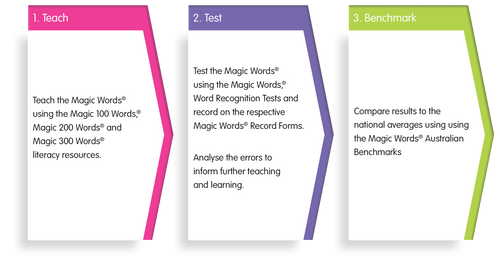
Magic Words Assessment and Benchmarks
Magic Words Australian Benchmarks measures progress in literacy proficiency for assessment, tracking and monitoring, and reporting
-

Classroom Teacher Optimum Pack with Benchmarks
Optimum Classroom Teacher Pack includes ALL Magic 100, 200, and 300 Words Literacy Resource Manuals, Playing Cards, Learning Boards, Test Kit and Australian Benchmarks.
-

The benefits of developing reading skills during childhood
Promote a love of reading and start developing better reading skills in your children with our quality word packs and fun games available at Magic Words.
-

Spelling tricky words with Magic Words
Use the back of the Magic Words Learning Board to practice spelling the Magic Words in the level the child is learning.
-

Optimum Pack - Magic 100, 200, and 300 Words
The Optimum Home Pack includes ALL Playing Cards and Learning Boards for learning all the Magic Words.
-

Assessment and Reporting
MIOOW® Magic Words® Recognition Tests are individually administered and are designed to record each student’s knowledge of the most frequently used words.
-
Easy Magic Words
There are over 20 two letter Magic Words!
-

Magic 100 Words
Magic Words are the most common words in English and are the most important words in learning to read and write.
-

M100W - Magic Words Literacy Workshops
Schools using the Magic Words as a key strategy of their literacy program, achieve outstanding success.
-
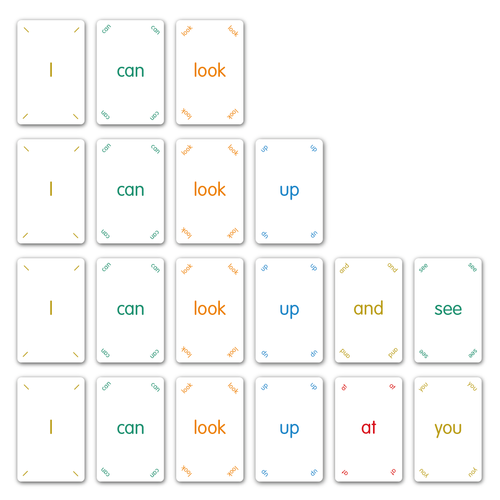
Sentence Game
This game is particularly good at improving short term auditory memory
-
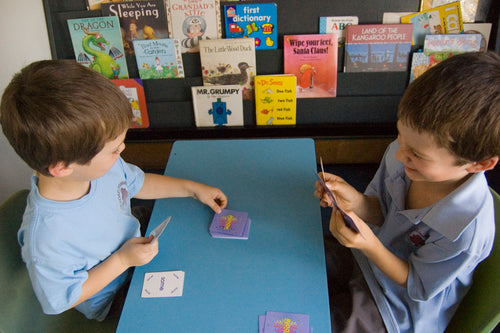
Beat the Clock - Fluency Games
Learning to the say the Magic Words quickly is an excellent way to get better at reading and recognising the words.
-
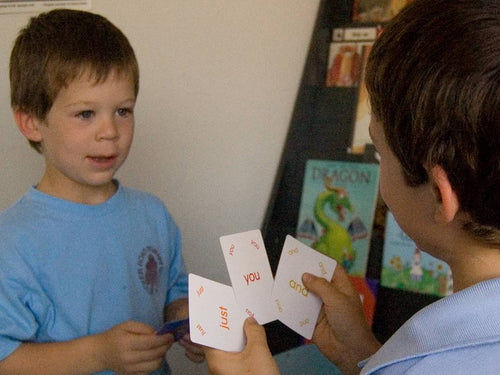
Wish
"I Wish, I Wish" has shown to be one of the most popular Magic Words games both in school and at home.
-
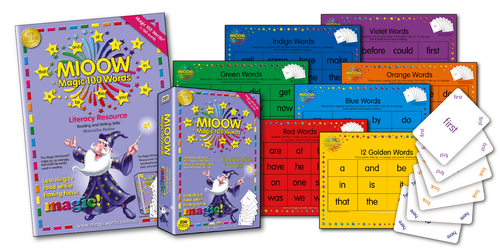
Copyright
The M100W - Magic Words materials are copyright and trademark protected. All rights reserved.
-
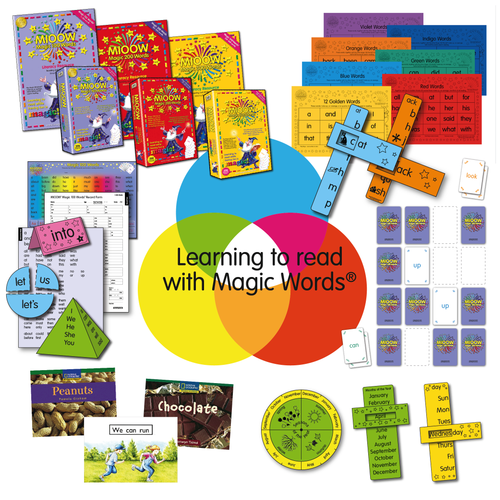
Magic Words
The Magic Words are the most frequently occurring words in all books, readers, magazines and newspapers.
-
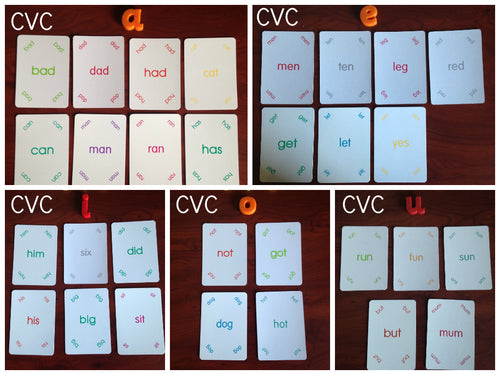
Magic Words and CVC
CVC words are words that follow the letter pattern, consonant-vowel-consonant.
-
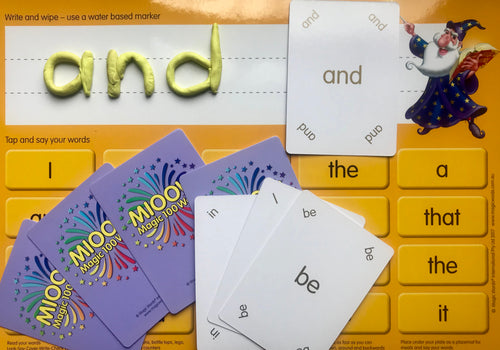
How to start
Locate the Magic Words from your child's book or the Magic Words Learning Board; then select the matching words, from the set of Magic Words Playing Cards.
-
Writing the Magic Words
The Magic Words Playing Cards and Learning Boards are printed in the reading font most commonly used in children’s readers/books.
-

Magic 100 Words and Numbers Board Games
The aim of the game is to be the first player to reach the “your” square (words side) or the “100” square (numbers side).
-

Background - Magic 100 Words
Magic 100 Words are the most common words in English and make up half (50%) of all the words used in learning to read and write.
-
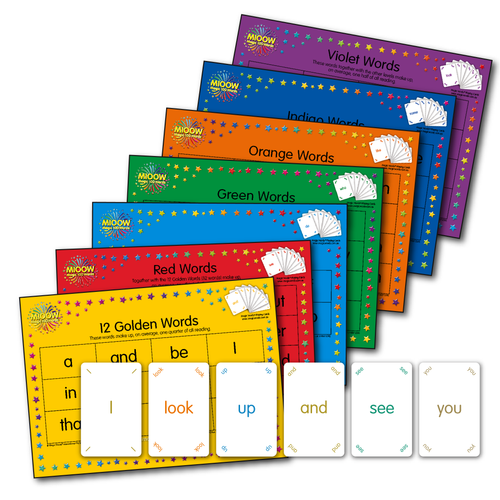
Fast Words
Ask your child to look at the words on the back of the Magic Words Learning Board and invite them to play the following games.














































